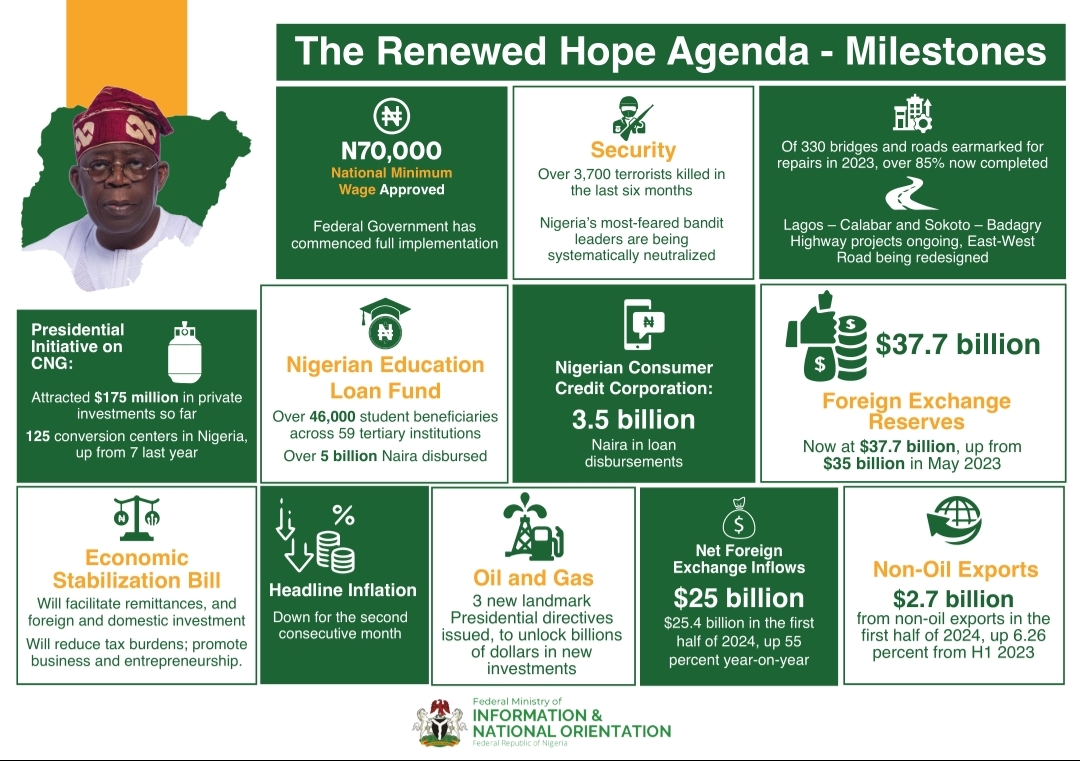
Nigeria plans to convert at least 20 trillion naira ($45.4 billion) in loans taken from the central bank to 40-year bonds, the first time it’s resorted to such a move as public finances come under pressure.
President Muhammadu Buhari has approved the plan to convert the loans, which have mostly been taken since he was elected in 2015 to plug spending shortfalls after revenues collapsed on lower oil prices and production. It is the most Africa’s biggest economy has ever borrowed from the bank.
“It is a one-time restructuring repayable over 40 years with a moratorium,” Patience Oniha, head of the country’s debt management office, said in a text message. The timing of the conversion will be disclosed after the government seeks approval from the cabinet and lawmakers this year, Oniha said.
The central bank loans, which totaled 20 trillion naira as of March, are not included in the country’s debt stock of 42.8 trillion naira as of June. Oniha said in February 2021 that the government would convert what was then $25 billion in central bank loans to 30-year bonds, but that plan hasn’t been approved.
The amount owed the central bank may rise above the 20 trillion naira March balance after the government said that it had borrowed 5.33 trillion naira as of August, including from the bank, to partly fund this year’s budget deficit, Finance Minister Zainab Ahmed said in a briefing in Abuja, the nation’s capital, on Wednesday.
Ahmed did not disclose what portion of the new borrowing came from the central bank. She expects the country’s total debt stock to increase to around 35% of gross domestic product from 23% after the central bank loans are converted.
Debt service payments consumed 83% of the West African country’s revenues in the year to August. Ahmed said the country plans to reduce the burden to 50% of revenues in the medium term and eventually to 30% in the long term by boosting government income.
Nigeria said last week that it plans to manage the pressure coming from rising debt costs, inflation and a stronger dollar by shifting loans from short-term to medium- and longer-terms.
Nigeria plans to convert at least 20 trillion naira ($45.4 billion) in loans taken from the central bank to 40-year bonds, a government official said.
President Muhammadu Buhari has approved the plan to convert the loans, which have mostly been taken since he was elected in 2015 to plug spending shortfalls after revenues collapsed on lower oil prices and production. It is the most Africa’s biggest economy has ever borrowed from the bank and would be the first time it has shifted such loans into bonds if the cabinet and lawmakers sign off this year.
“It is a one-time restructuring repayable over 40 years with a moratorium,” Patience Oniha, head of the country’s debt management office, said in a text message. The timing of the conversion will be disclosed after the approval is sought this year from the cabinet and lawmakers, Oniha said.
The central bank loans, which totaled 20 trillion naira as of March, are not included in the country’s debt stock of 42.8 trillion naira as of June. Oniha said in February 2021 that the government would convert what was then $25 billion in central bank loans to 30-year bonds, but that plan hasn’t been approved.
The amount owed the central bank may rise above the 20 trillion naira March balance after the government said that it had borrowed 5.33 trillion naira as of August, including from the bank, to partly fund this year’s budget deficit, Finance Minister Zainab Ahmed said in a briefing in Abuja, the nation’s capital, on Wednesday.
Ahmed did not disclose what portion of the new borrowing came from the central bank. She expects the country’s total debt stock to increase to around 35% of gross domestic product from 23% after the central bank loans are converted.
Debt service payments consumed 83% of the West African country’s revenues in the year to August. Ahmed said the country plans to reduce the burden to 50% of revenues in the medium term and eventually to 30% in the long term by boosting government income.
Nigeria said last week that it plans to manage the pressure coming from rising debt costs, inflation and a stronger dollar by shifting loans from short-term to medium- and longer-terms.






